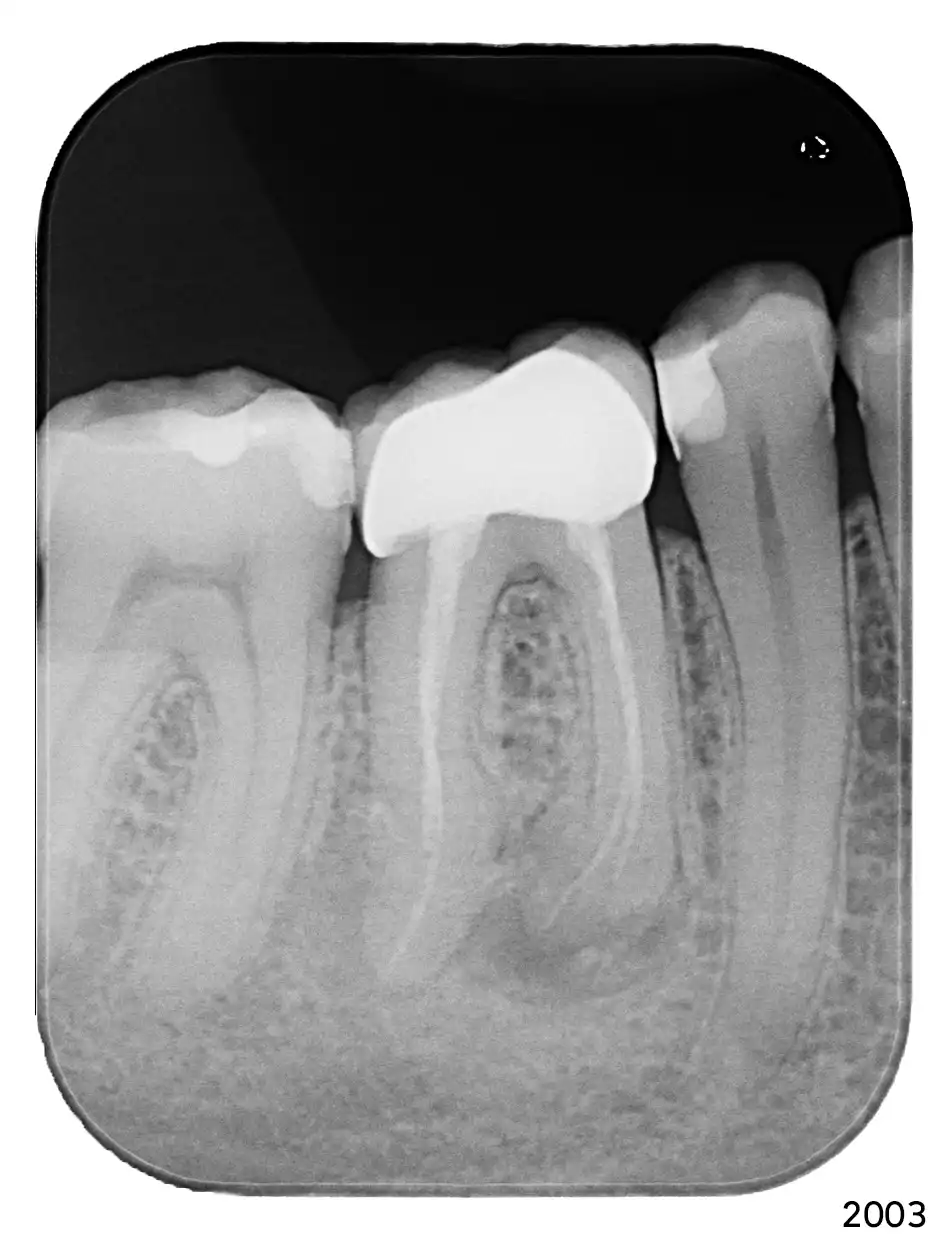The power of the irrigation
The objective of root canal treatment is to prevent or cure apical periodontitis. This is achieved by eliminating microorganisms that are capable of causing an intraradicular or extraradicular infection. It is beyond doubt that mechanical instrumentation and strong antibacterial irrigation, followed by well-sealed obturation of the root canal system, can significantly reduce the bacterial load and create an environment conducive to healing.
When I did my first RCTs around the turn of the millennium, we used manual 2% instruments, the irrigation cannulae were metal, rigid and ISO40, we used 1% hypochlorite which, if I remember correctly, we activated mechanically with a gutta-percha pin.
And without a microscope, of course.
And it usually worked.


Today, "it usually works" is not enough.
Our current disinfection protocol is as follows:
5,25% NaOCl heated to 55 degrees Celsius throughout the entire canal instrumentation.
At the end, using the Endoactivator, we activate 17% EDTA for 1 minute and then hypochlorite for 30 seconds on the canal, in such a way that we proceed with the tip in a crown down style along thirds of the length of the canal, i.e. 20-20-20, respectively 10-10-10 seconds.
The reward for a sufficiently effective disinfection will be sealer-filled accessory canals with lots of puffs and, most importantly, healed periradicular disease.
